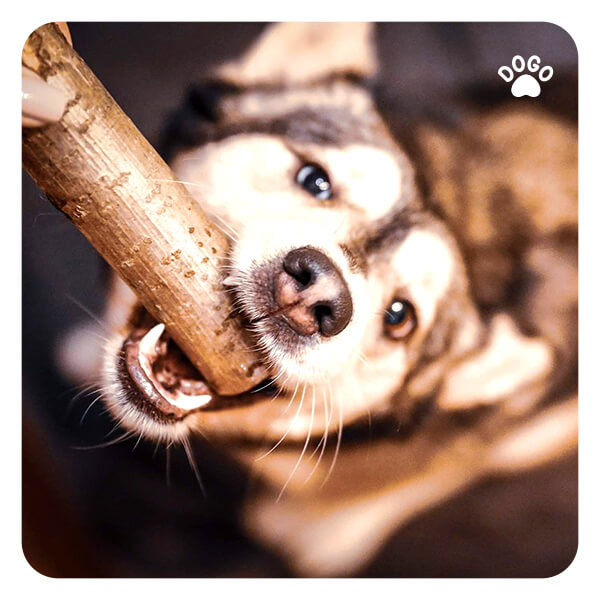 Having a new puppy is an exciting and joyful experience. Yet, one of the common challenges new puppy owners face is dealing with their puppy’s biting behavior. This behavior, while natural for puppies, can become problematic if not addressed early on. In this blog post, we’ll discuss effective strategies to train your puppy not to bite, fostering a healthy and happy relationship between you and your furry friend.
Having a new puppy is an exciting and joyful experience. Yet, one of the common challenges new puppy owners face is dealing with their puppy’s biting behavior. This behavior, while natural for puppies, can become problematic if not addressed early on. In this blog post, we’ll discuss effective strategies to train your puppy not to bite, fostering a healthy and happy relationship between you and your furry friend.
Understanding Puppy Behavior
Before diving into training techniques, it’s crucial to understand why puppies bite. Puppies explore the world around them using their mouths, much like human babies do with their hands. Additionally, biting is a part of their play behavior. When dogs play with each other, they use their mouths to interact.
Socializing Your Puppy
Socialization plays a key role in teaching puppies not to bite. Exposing your puppy to various environments, people, and other dogs at an early age helps them understand how to interact appropriately. This exposure helps them learn how to control the force of their bites and understand when biting is not acceptable.
Establishing Boundaries
Setting clear boundaries is essential in training your puppy not to bite. When your puppy does bite, it’s crucial to communicate that this behavior is unacceptable. A firm “no” and withdrawing attention can help your puppy understand that biting leads to a negative outcome. Consistency is key; all family members and anyone interacting with your puppy should enforce the same rules.
Positive Reinforcement
Using positive reinforcement is a powerful tool in training your puppy not to bite. When your puppy behaves well and refrains from biting, reward them with treats, praise, or toys. This helps them associate good behavior with positive outcomes, encouraging them to repeat that behavior in the future.
Redirecting Behavior
When your puppy starts to bite, redirect their attention to a suitable toy or chew item. By offering an alternative, you’re teaching your puppy what is acceptable to bite and chew on. This redirection helps them learn appropriate behavior while satisfying their natural urge to chew.
Training Exercises
In addition to redirecting behavior, training exercises can be beneficial in teaching your puppy not to bite. Teaching your puppy commands such as “sit,” “stay,” and “leave it” can help them learn self-control and provide you with tools to manage their behavior effectively.
Patience and Consistency
Remember, training a puppy not to bite takes time and patience. It’s essential to be consistent with your training methods and to remain patient as your puppy learns. Every puppy is different, and some may take longer to grasp these concepts than others.
Seeking Professional Help
If you find that your puppy’s biting behavior is persistent and difficult to manage, seeking guidance from a professional dog trainer or behaviorist can be incredibly beneficial. They can provide personalized advice and support to address your puppy’s specific needs.
Training a puppy not to bite requires understanding, patience, and consistent effort. By socializing your puppy, establishing clear boundaries, using positive reinforcement, redirecting behavior, and practicing training exercises, you can effectively teach your puppy appropriate behavior. Remember, building a strong bond with your puppy is a journey that requires time and understanding. With dedication and the right approach, you can guide your puppy toward becoming a well-behaved and delightful companion.
[/fusion_text]



